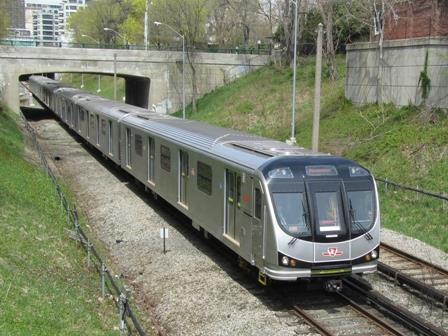
CANADA: Four metro projects in the greater Toronto area with a combined budget of C$28·5bn are set to move ahead, after the city council voted to support an expansion package put forward by the Ontario provincial government rather than progressing its own projects.
Described by Toronto Mayor John Tory as a ‘once-in-a-lifetime’ deal, the package would include the 15·5 km Ontario Line from GO Transit’s Exhibition station in the waterfront area to Thorncliffe Park and Science Centre in the northeast costed at C$11bn, a C$5·5bn three-station extension of the Scarborough Line, the C$5·6bn Yonge North metro extension to Richmond Hill and the C$4·7bn Eglinton West light rail line.
By 22 votes to three, the council agreed to halt work on Toronto Transit Commission’s proposed Relief Line South in favour of the Ontario Line, which was announced by Ontario Premier Doug Ford in April. That route follows a broadly similar alignment through the city centre, but extends across the city boundary to serve the wider metropolitan area. However, concerns were raised that the provincial project was less well developed, putting the target opening date of 2027 in doubt. Opting for a longer extension of the Scarborough Line would also delay completion from 2026 to 2029 at the earliest.
Under the agreement, Toronto will retain ownership of its metro network, but the bulk of the funding for the expansion package would come from the provincial and federal governments. This would free up around C$5bn of city funds that could be put towards the estimated C$33bn needed for modernisation of TTC’s existing metro and tram networks over the next 15 years. Federal funding of C$3·8bn earmarked for developing the Toronto metro projects would also be transferred to the provincial package.
Ontario’s Transport Minister Caroline Mulroney welcomed the decision, calling it ‘a pivotal moment in the history of Toronto transit. After years of discussion, the city and province have endorsed one single unified plan for subway expansion. Commuters will finally get the transit they deserve — an integrated, modern and efficient network that expands across the region.’



